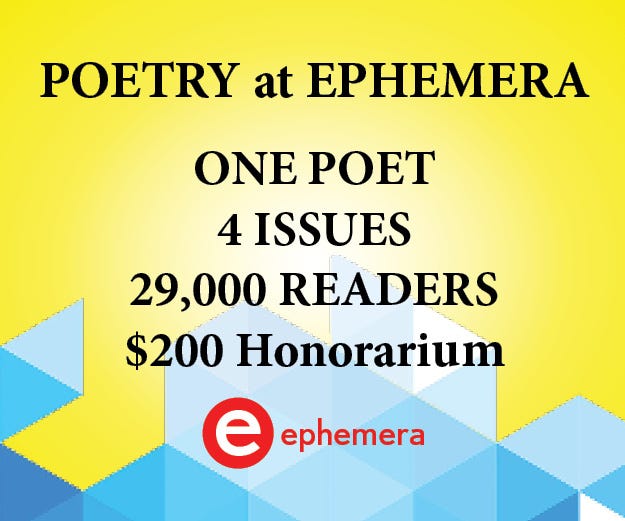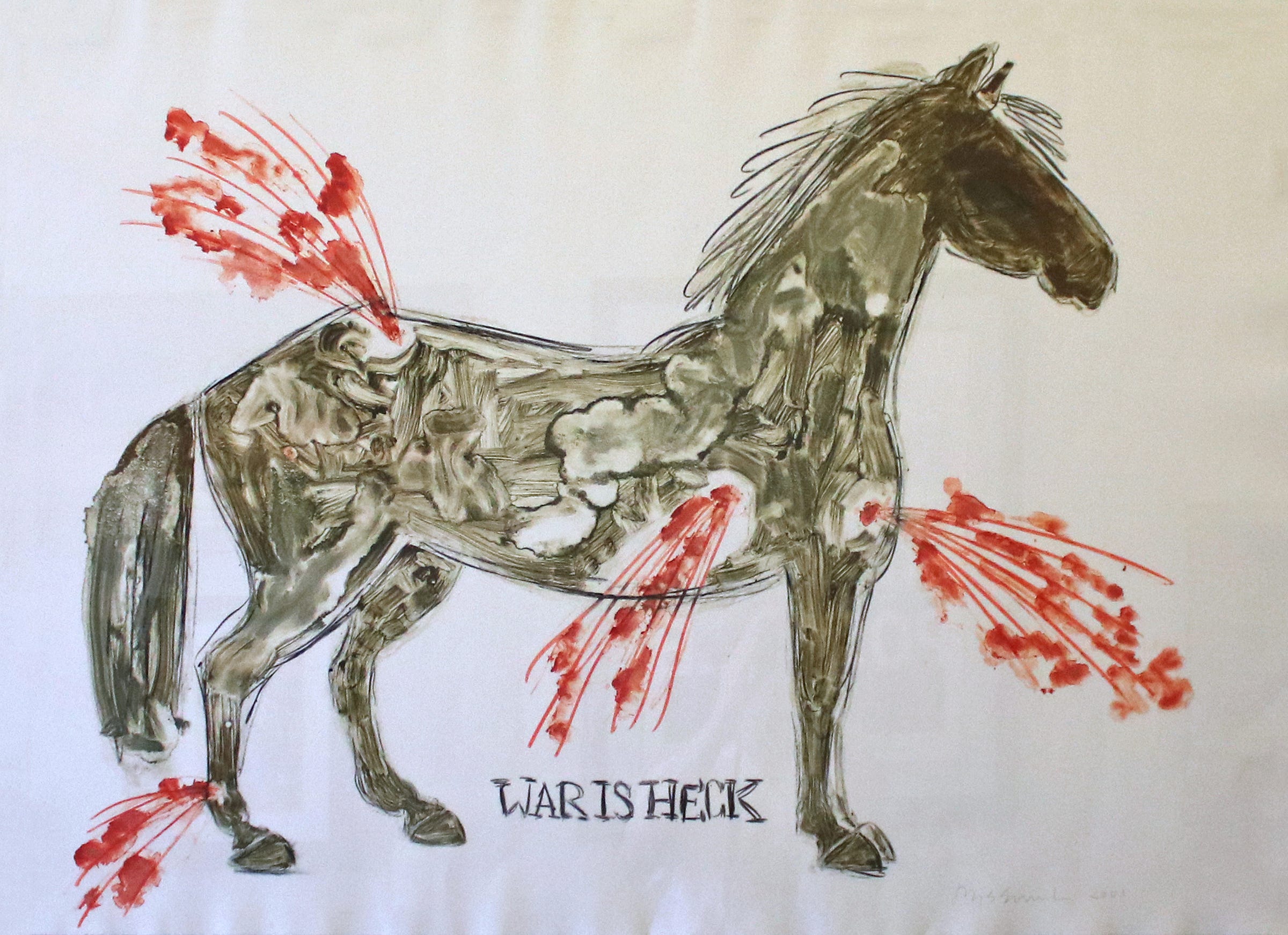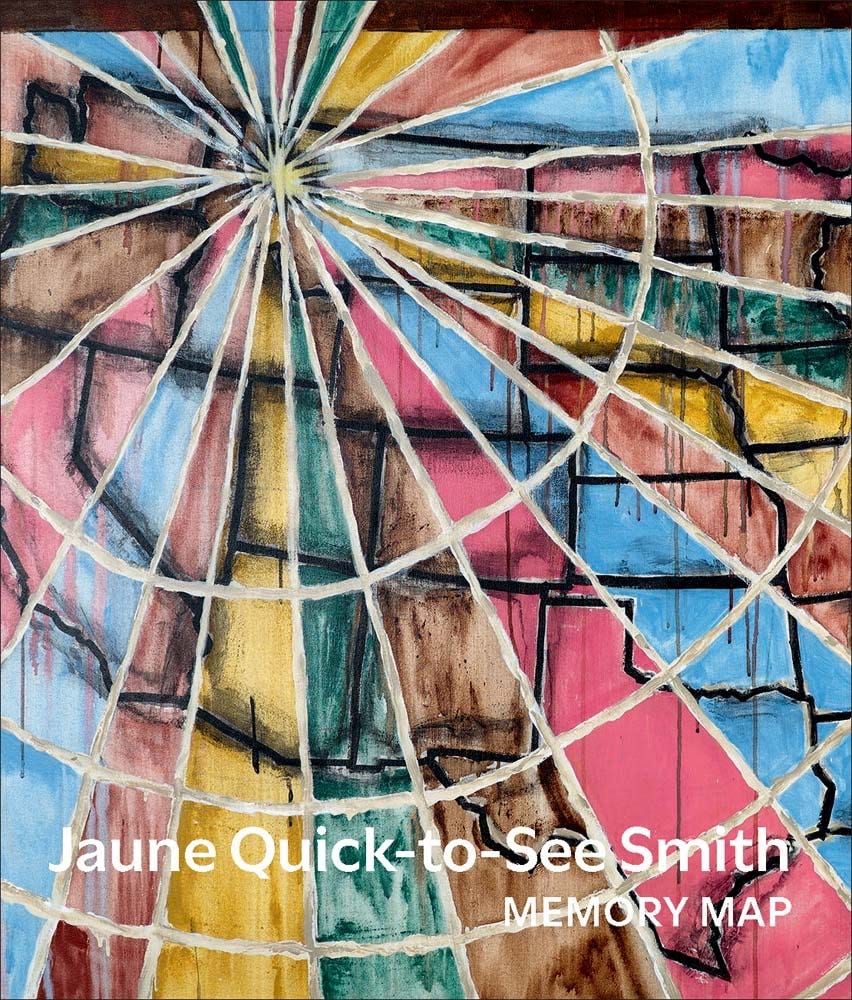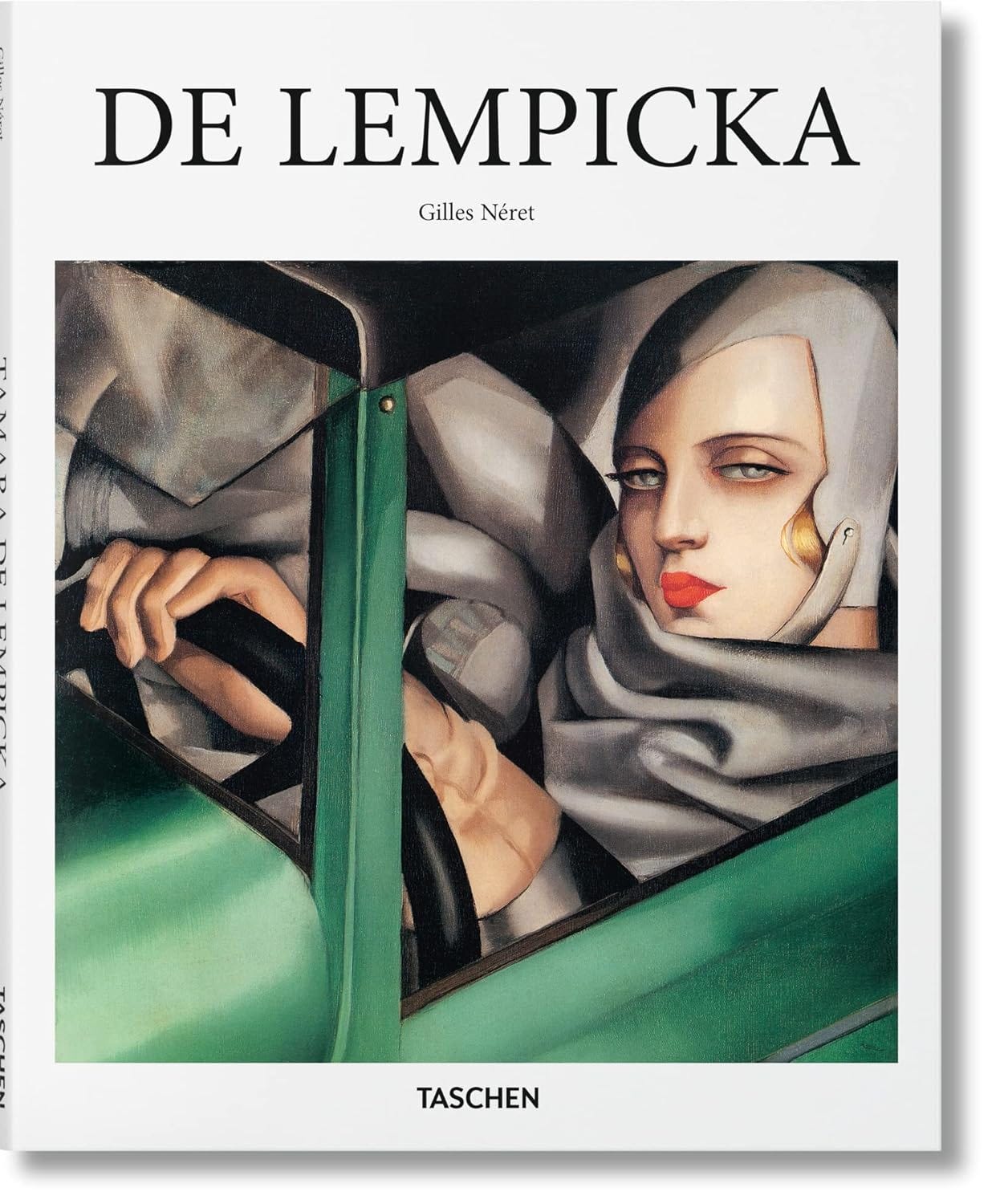Welcome to the Ephemera Newsletter free edition, Draugi! (Latvian for “friends”)
Thank you to all who submitted to poetry in April for our June issues and especially to our finalist, Lauren Fancher who will be the poet for the month of June! You can review her poems altogether once they publish as well as her artist statement and bio on this dedicated post on our Substack page. We thank you for checking out Lauren’s work.
On to our standard content matters: Won’t you please check out last month’s free issue if you missed it.
And here are some reminders:
Monthly Invite to Submit: Submissions are in for the July issues. We look forward to reading! We are open for August now. June 30 is the deadline. If you are a paid subscriber to Ephemera, you can submit to poetry @ Ephemera for free as a membership perk! (We email you a secret link at the end of your second consecutive paid month and every month thereafter for as long as you are a paid subscriber). Free subscribers and anyone else can submit, too, with the reading fee and can submit up to 10 poems. Paying the reading fee will grant you 1-month paid access to Ephemera’s full letter. Learn more or:
In Brief…this week’s features:
Thoughts on Jaune Quick-to-See Smith and her symbolic and compelling art.
Listening to Sublime’s jam track, “Pawn Shop”.
June’s poet, Lauren Fancher first of four poems, “Gorgon.”
Our weekly lists:
3 magazines with open calls
3 awards/prizes
3 recent job listings for editors and writers.
More ephemera: check out our Interesante Section, where we present an article or site or interesting bit of info—sometimes a study, sometimes a video, sometimes an interactive site, sometimes an experiment.
In this issue, we link you to a peer to peer website enabling free connections for the purpose of education—maybe start a writing class?
Book Recs, bonus content, and our mini-essays to start!
Last Week’s Issue.
Merci. Danke. Kiitos. 고마워 Go-ma-wo. Cảm ơn. Xiè xiè.
Ephemera
Dear Readers,
The end of May and start of June has been about movement for us. The warmth has us going, museum to museum, show to show, studio to studio. Our ambling about has connected us with some new artists and anew with artist friends we’d not seen on account of the pandemic when we, like many people, hunkered down perhaps over cautious, perhaps too-too isolationist. Maybe this summer will continue to be about movement. We’ve traveled to the Northeast to avail ourselves of the many museums and vibrant creative seen in NYC and around, the diaspora bringing us into the boroughs as well as the countryside and into and across several states. We drive, of course. The old American standby—someone made a point about American’s being under traveled compared to Europeans as a misapprehension; Americans travel a ton, but within our vast country.
But don’t travel to have traveled. Travel with intent. Travel creatively. Travel and do things oddly, not by comfort, and certainly not by the common path. Treat your drives and walkabouts, even your gas station stops, your snack trips, a meander or coffee trip, all of it as if you’ve something to learn from the people you encounter, from the plants you see, the airs you take in, the architecture and, if there, mass transit and civil engineering. Behold the remnants of what came before and notice what’s become and where it might go or be going. When you shop, find local bakers, local roasters, small businesses. The more you eschew the common corporate concessions the more bespoke your travels will become, the more your mind will thrive, your imagination, your sense of time—the latter, that will slow, like those long, endless days of youth where you might have lived several rotations in the span of one rise and set. Even if you must off for business or important family matters, find some moments to weirdify, change your perspective. Behind the scenes, your minds will be rejoicing. That’s where we find that a day or two, sometimes minutes, sometimes a week, but after a time, the mind expands and new thoughts, new notions, dormant emotions, a liveliness blossoms that we hope everyone will direct into their creative pursuits. Be!
Pateicība!
(Gratitude)
Poetry by Lauren Fancher
Gorgon When counting my fears like the snakes on my head, I look in the mirror: Poor woman, it’s not your fault, you are rotten inside. To escape you, I’d take a sacred med, a second drink, or stay in my room. Your lips of puce, your writhing hair, the loss of all who gaze on you— A snake by my ear looks me right in the eye, sibilating: bridges, airplanes, wells, responsibility, hotel rooms— Another the color of that stranger’s bed purples up and adds: men, authority, your temper— And a third twines around my neck, her face like my old teacher’s, gleaming: remember when you? Wordlessly another braid of serpents blooms, my dancing corona Blossom Gorgon, my aegis, my friends, my beautiful dread chorus.
Music: Sublime
“Pawn Shop” is a less well-known tune from Sublime, more jammy with fewer iconic lyrics, but we like it for the jamming ease and vibrant refrain of the rock-ish electric guitar over the dub-style bass and ska-reggae supporting arrangement. Sublime, the ubiquitous sound at summer watering holes and backyard cookouts after a cult-like surge in the 90s that, briefly, put reggae on par with rock and hip hop at the same time as and likely incumbent with the proliferation of surfer-skater-stoner sub culture—maybe as a result of early internet and democratized access to cultural manifestations of teenage and young adult leisure time. Sublime came out of the Long Beach, California scene and formed their band in 1988 comprised of a drummer, guitarist/vocalist, and bassist. Their music incorporates elements of many different genres and styles to the point their albums feels like amalgamations, like disparate collections of sound-alike tunes, covers, and eclectic originals. For this reason, they’re a good study in the sense that their influences are not only apparent but explicit.
“Pawn Shop,” appears on their third album and first out of a big studio, which, unfortunately and tragically to many, turned out to be their last because of the overdose of their vocalist Brad Nowell. The band essentially disbanded at that time despite the impending release of their self-titled album, which went on to sell 7 million copies and encourage mass interest in their earlier work as well as the bands they cover and reference. Apropos, “Pawn Ship,” is considered a cover, but, much like their other covers, it is not quite a cover in the sense of other songs we’ve reviewed in several issues this year—they’re not exact replicas with a little spin. Their covers change and update lyrics to fit their milieu and experience, while drawing, and to varying degrees, from the inspiration track. In this case, a song from The Wailing Souls called “War Deh Round A John Shop,” is Sublime’s inspiration. The music and rhythm of the lyrics—their sound and delivery—match up but the words are changed and their are enhancements to the music to make it more dramatic, more rock, more palatable in a few ways (the original feels very reggae in a way that the cover does not). In any case, they added to it sufficiently to remake it in many respects.
“The coolest thing we achieved is we took all those different influences and made them ours…”
—Eric Wilson, Sublime bassist in Rolling Stone
We suggest just vibing out to “Pawn Shop.” It’s summer (nearly) and beachy music just kind of fits, even if you’re on your porch in the suburbs, a back yard in nowheresville, or a bbq in the mountains. As writers and creatives, we’re examining this track for how it tracks its source material, as mentioned above. There’s enough flare to give it life and to individuate it—after all, Nowell talks about pawn shops with passion and verve that leads us, despite somewhat nebulous lyrics, to understand how important the institution was to his milieu. The ability to dramatize and add emotion to the things you care for, relish, or simply use seems to us an important skill. More broadly, we’re interested in Sublime’s eclectic and varying music taste. Not so much taste as influence, their forebears and predecessors as they, Sublime, see them. Their influences are called out in tracks at the end of their second album, name by name, although we’re not sure it’s an exhaustive list. They cover, and borrow, and adapt from rock and punk and jazz and early hip hop and ska and reggae and even more.
We liken Sublime’s borrowing to the exquisite type we like to promote in our letter. Exquisite borrowing, borrowing done with verve and passion. Music is a different medium where covering is accepted and one-to-one replicas of tracks are not seen as plagiarism (mostly). For writers, we need to be more careful. And originality is coveted, but it’s important to note that when we borrow, we do it as homage, and we look to borrow techniques, tactics, and a general style or feeling while avoiding adopting someone’s exact voice. Sublime takes precise stock of who they like and listen to. And we might do well to do the same, if not publicly then certainly as an intellectual exercise for ourselves in our notes and research—and maybe even for posterity. To whom do you owe a line? An image? A sound? A phrase? A whole movement? One thing we ask of the poets we publish is an artist statement. We encourage all of us to think directly in this way. Derive a personal ethos and style. Know thyself in the way of Sublime. Try for grand and exquisite borrowings. Make your writings rife with your milieu and heart. Aim for the sublime.
Sublime’s current manifestion and homepage
Sublime’s first new song since 1996 with Brad Nowell’s son, Jakob.
Writers Submit: 3 Magazines
The online and print journal focuses on “work that is nuanced, raw, and imagistic with strong elements of the natural world or the human-nature relationship.” The magazine publishes in every genre. AUGUST 2 DEADLINE
The online journal published by Loyola University, and has since moved to online publication for its two annual issues. Fiction and poetry submissions are open year-round, and nonfiction is on a rolling schedule. DEADLINE ROLLING
The magazine publishes work in all genres online and in print. The magazine was founded in 2013 and has published 63 editions with work from emerging and established writers. DEADLINE ROLLING
Weekly Artist: Jaune Quick-to-See Smith
Jaune Quick-to-See Smith is a member of the Confederated Salish and Kootenai Nation of Montana. Born in 1940 at St. Ignatius Indian Mission, Jaune (French for yellow) was given her first name to reflect her mixed ancestry and dubbed “Quick-to-See” by her grandmother as her Native name. She grew up on reservations and worked when not in school before she left for college to pursue art, a calling she felt since her childhood. Graduate studies eluded her for a time until she was eventually accepted into an MA at UNM. Her art began to synthesize lessons from her schooling with her focus on the personal and indigenous experience. Jaune adopted abstract and neo expressionism to varying and eclectic degrees, creating a practice and style that has been referred to as idiosyncratic as well as personal and political, pop and philosophical.
With pieces at many of the major American museums, such as Smithsonian, The Whitney, and MoMA, and with work collected by international museums, having won several important awards and acknowledgements, appearing in dozens of solo exhibitions, curating tens of shows, and much more, Jaune has been described as one of if not the most important American indigenous artists. Apart from being so prolific and her tenacity, Jaune Quick-to-See Smith’s success perhaps lies in her ability to bridge cultures and her keen eye for analysis, criticism, and juxtaposition, particularity as it pertains to American commercialism, indigenous perspectives, and the synergy of the socio-political and personal. Hers is a complex and variegated perspective that delves into symbols on all levels, abstraction, and representational feeling—to our eye and mind, there’s a resemblance in practice and theme to Frida Kahlo, who we discussed in issue May.2. Reasonably illustrative of the sum total of thought on Jaune’s art from what we’ve read is Art in America’s determination that, “For all the primal nature of her origins, Smith adeptly takes on contemporary American society in her paintings, drawings and prints, looking at things Native and national through bifocals of the old and the new, the sacred and the profane, the divine and the witty.”
“I’m doing it the Indian way… Everything was connected. Everything you did had a reason to do the next thing. … That is how I grew up with my dad. … I’m doing it the old, traditional way. I look like a modern woman, and I am. I look like a contemporary woman, and I am. I’m interested in what things are going on in the news, and politics, and all that. But my whole life, everything that I’m doing, one thing is connected to the other.”
―Jaune Quick-to-See Smith, Interview in Bomb
Jaune’s symbolic language, her easily accessed—which we mean in the most advantageous way—forms and colors, her eclectic style and subject matter, all of it fills us with wonder anew, with possibility…maybe in the way of kids with fables where the rich structure of the stories, despite having distinct lessons, open the door to more possibilities, the easy lessons enabling further questioning, metastasizing new scenarios with more lessons as if upon zooming in the whole story was always a fractal; meaning and symbolism stretching as deep as you care to zoom in or out. Maybe this is a purposeful effect derived from the adoption of symbols from pop culture and also popular and famous western artists as well as well-known native symbols (corn, the canoe, shells and more). We can see remnants of Kandinsky, Picasso (see above “Trade Canoe…” that unavoidably calls to the famous Picasso piece Guernica), Klee, and da Vinci (see above “War is Heck”). This is a type of amalgam art that stems from Jaune’s subconscious, all the bits and pieces of being bi-cultural, as well as from her activism and interest in critique. We like it. This is exquisite borrowing derived partially from a desire to connect her personal interests and early-career art attempts with her western schooling, and to bridge the gap between herself and the interest of her art teachers. Having been to writing MFA programs, we can relate to the latter, and imagine ourselves sensitive enough to the former to connect with that as well—while different in particulars, the general phenomenon we all share, particularly as artists, is a personal creative lexicon that diverges from the majority and, possibly for that reason, compels us to our art while also creating a tension in expressing something that might not garner understanding from a readership (or viewership in Jaune’s case) we ultimately must rely on for critical and even commercial success. Jaune has managed both, while after too long a time by her account, profoundly well.
The bringing in of styles and themes, the borrowing and reinvention of things taken, the bridging of cultures and perspectives, we find all of this rife with potential for the writer. We must bring the self into our work and manage all of the pieces that comprise us. We must do so fluidly and with a minimum of having worked through some things at every level of analysis we intend to include. We must also understand our forebears such that we can borrow and emulate and even besmirch—there’s great fun in criticism even if it’s only a thought and not a crusade we’d prosecute. Sometimes art as writing only supposes a thing, a snack, a little munchy thought—chomp chomp taste spit. And then on to the next ort. Sometimes easy snacks generate the most conversation. Sometimes familiar tastes lead to curiosity for something new when intermingled. Jaune leads us into her work with color and symbolic conviction and twists what we end up feeling into something unexpected and poignant.
Interview in Bomb.
Interesante: Peer 2 Peer University
From: p2pu.org
— (5 min read/15 min study/hrs of use)
We found this website run by a nonprofit out of Cape Town very interesting. You can join or create web or in person based groups centered around education and the site helps to facilitate your endeavor in several ways. They provide the online architecture for free and it’s meant to grow the person to person free learning. We have a lot of teachers and socially oriented folks as readers and thought we’d share this tool. If you’re feeling lonely or stuck or disconnect, try setting up a free online course and teaching kids or whomever something about your art! —Review the site.
Prizes/Awards/Stipends Winter ‘24
International Fool for Poetry Prize awards 2 prizes for chapbooks. The books are kept in the Munster Literature Centre’s archive and the recipients are invited to read at the Ireland Poetry Festival. €1K & €1K + Pub. €25 Fee. AUGUST 31 DEADLINE
Aesthetica awards £2,500 to a poetry and a short fiction work. Non-awarded writers may also be chosen for publication and the magazine also offers other publication opportunities. £2,500 per genre + Pub. Poetry £12/Prose £18. AUGUST 31 DEADLINE
May Sarton New Hampshire Poetry Prize awards $1,000 and publication of a full length book by Bauhaun Publishing, which has published many great books and writers. $1K + Pub. + 50 Copies. $30 fee. JUNE 30 DEADLINE
Bookstore: Guides, Gifts & Classics
Please consider supporting our letter and literature by buying books. It helps us and others! Bookstore via Bookshop.
Coffee Table Books:
»»»Remember last week’s letter has urgent deadlines!«««
Thank you for subscribing to Ephemera. We appreciate your support very much! It means a lot to have you as a reader and paid subscriber. We look forward to growing the letter and bringing you new content and conversation along side our staples. At present, we’re considering creating a book volume containing a large part of our content, including artwork and essays. We’re also considering other projects, such as a monthly podcast, mini-videos, and a Q&A with our editors. Let us know if you have any ideas on how we can improve.
~~~Uz Redzēšanos~~~
(Goodbye)
*
*
*
**Select Job Postings**
VACO: Pop Culture Writer. FT. BA/MA. 2+ Yrs. $50k. Remote.
Tacoma Community College: Wr Studies Prof. MA+ 1+ Yrs exp. ~$80k. WA.
City of San Antonio: Wr Strategist. FT. BA+ 5 yrs exp. ~$80k+. San Antonio, TX.
Ephemera Programs
Poetry at Ephemera:











